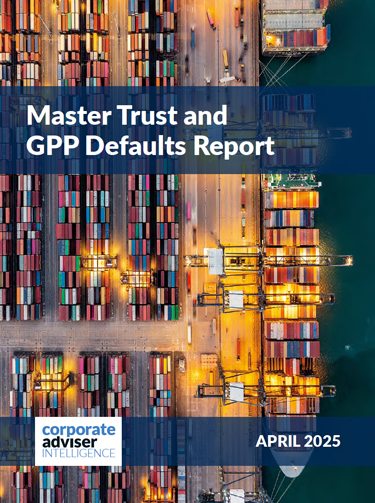Life expectancy at age 65 has risen by around three months for men and two weeks for women, according to CMI’s latest Mortality Projections Model.
The increase in life expectancy comes from two key updates to the model. CMI_2024 now directly accounts for the impact of Covid-19 on death rates. Additionally, it separates trends by age group, reflecting recent improvements in pensioner mortality compared to working-age people.
Although these changes were proposed earlier this year, the CMI has made additional technical tweaks, which have further pushed up life expectancy figures.
The model is used by DB trustees to assess funding positions and by scheme sponsors to report pension liabilities on corporate balance sheets, as well as playing a role in pricing for the pension risk transfer market.
LCP partner Ben Rees says: “Trustees and corporates have become accustomed to seeing successive CMI models reduce life expectancies. For the first time, the new model will lead to a significant increase in liabilities for many schemes if they choose to use the core model “out-of-the-box”.
“It remains to be seen how quickly the NHS will recover from its current position and the extent to which developments, such as anti-obesity medications, will improve future mortality. Those who have independently formed their own view on future mortality can continue to take advantage of the CMI model’s flexibility to express that view.”





